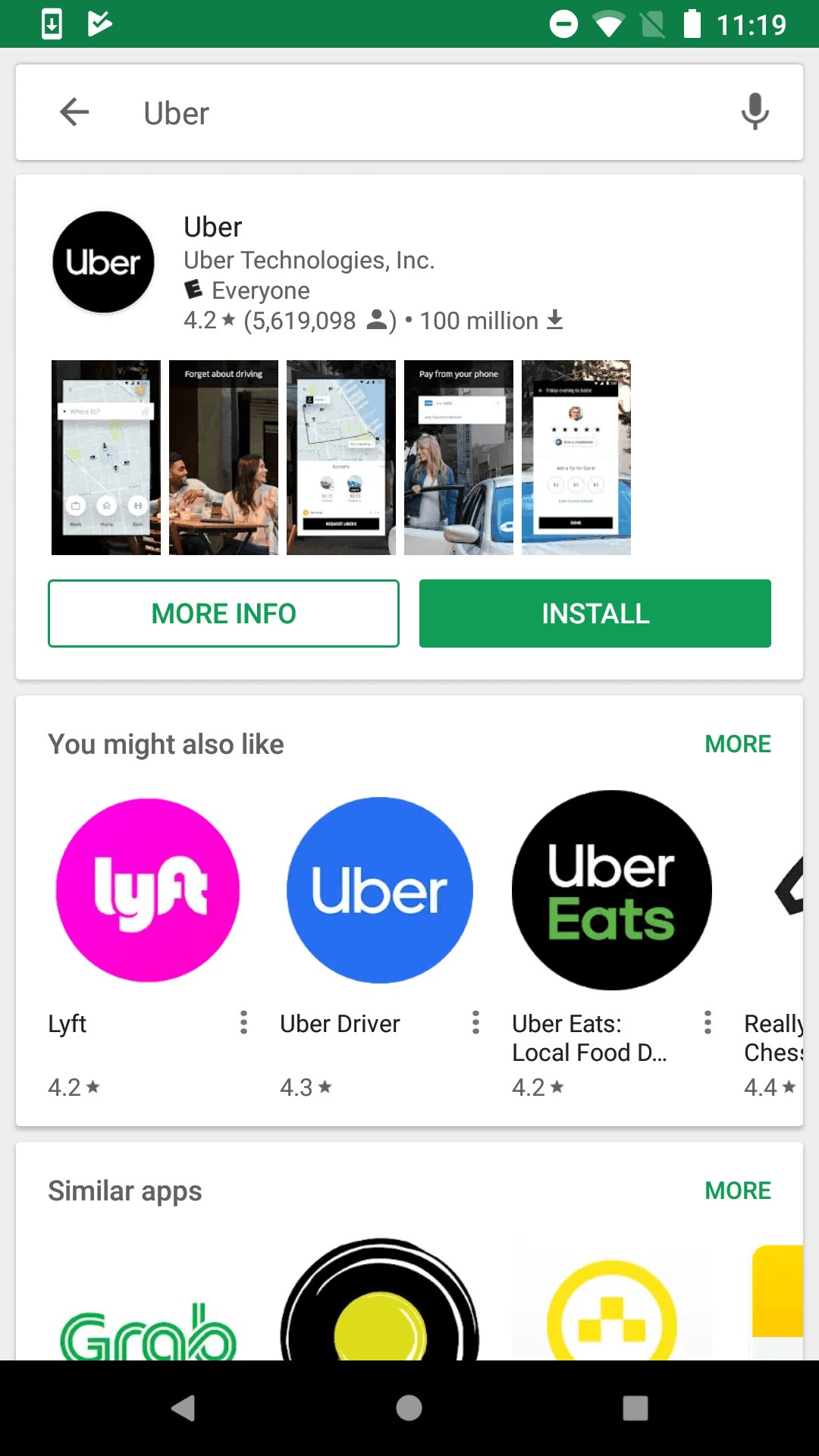
5 Best Practices for Apple Search Ads
Posted on July 3rd, 2024
Are you leveraging Apple Search Ads the right way? Take a look at these recommendations to optimize your paid campaigns and target the right users.

Attribution and monitoring where your downloads come from are key to an app’s success. They help shape an app’s marketing tactics and campaigns to target the channels that provide the best results while avoiding those that don’t. Yet there are some pitfalls to watch out for and nuances to consider when looking at an app’s attribution, so it’s important to understand what each metric can really tell you.
“Impressions” alone can be a vague term, so it’s important to understand what it refers to for each store. On the Apple App Store, any time a user sees your icon, it is considered an impression. Google Play, on the other hand, only counts product page views – when a user visits your actual Product Page, not just a search result. There are exceptions to this rule, though; search results can count as product page views if the full creative set is displayed in the search results. For instance, searches for Uber show all of the app’s screenshots right from the search results, so it counts as an impression even without clicking on the page. 
On Apple, downloads are counted as “App Units.” Any time a user clicks “GET,” that counts towards this metric. Attribution tools, on the other hand, don’t start tracking an app until the user opens it for the first time. While one might assume that these would align perfectly, that is not always the case – there’s no guarantee that users will open an app after installing it, or that there is not a glitch in tracking. On the App Store, “installations” is an opt-in metric – the device must have an active internet connection when it opens, and the user must not have opted out of sharing this tracking information with Apple. This will not always align with “app units.” Even if a user opens the app after installing it, as they may not have opted-in to sharing the data. As a result, there can be a large discrepancy between “units” and “installations.” On Google Play, only first-time downloads from the Play Store are counted. There are several different kinds of installation metrics, such as “Installs on active devices” (the “number of Android devices that have been online at least once in the past 30 days that have your app installed”) and “Installs by user” (the “unique users who installed the app on one or more of their devices for the first time”) so they need to be understood when looking at attribution data. Additionally, Android users can download apps from third party platforms, which Google Play does not track. As a result, developers may see a discrepancy between their “daily new users” and “daily installs by device” compared to how many users actually have the app. Google Play does track when an app is uninstalled, whether or not they were downloaded directly from the Google Play Store or if they were a re-installation from a previous user. As a result, it is possible for an app to show more uninstalls than it has installations. If users download an app from outside of the Play Store and uninstall it, Google Play would not show the installations, but it would show the apps being removed, creating incorrect attributions. In some cases, this data can show a logically impossible metric- a negative amount of lifetime installations for an app.
Whenever a user installs an app from the App Store, Apple offers them the option of sharing their data. As not all users will opt-in for it, this creates the aforementioned discrepancy between “units” and “installs,” among other opt-in tracking like “sessions.” Opt-in rates vary from app to app, so Apple provides a 30 day average of how many users have not opted out of sharing their information as a reference. Another aspect of the App Store one must consider is Limit Ad Tracking (LAT). Since Limit Ad Tracking blocks Apple from accessing a user’s information like location, gender and age, these users can not be served a Search Ad that is targeted in a specific geo or to a specific gender / age demographic. Developers must consider if they’re looking for the maximum untargeted installs, or if they need to target specific demographics for the optimial campaign. Understanding the objective of the ASA campaign and the impact of LAT is important to evaluate here. Opt-in tracking is important to consider on the Play Store as well. In late May 2018, new GDPR (General Data Protection Regulation) policies resulted in most developers seeing a sudden drop in active users. This was not due to users leaving the Play Store en-masse, but rather to opt-in tracking on the Google Play Developer Console. While a sudden drop in users is definitely a huge red flag, considering what and how the Developer Console is reporting metrics must be considered as well.
When tracking attribution, it’s essential for developers to understand what each metric means, as well as how they are tracked. There can be discrepancies in the metrics, so rather than looking at the numbers alone, developers should look at trends in the app’s performance instead. See if there are any changing trends or spikes in activity to understand the big picture, rather than getting caught up in imperfect, often contradictory details. Developers need to understand how the App Store consoles and their attribution tools track and report data. There can be a big difference between the number of installations an app gets and the number of users that opt-in to provide data, so neither may provide a fully accurate picture of the app’s performance. When one gets a proper understanding of their app’s performance and trends, they can refocus their App Store Optimization accordingly.

Are you leveraging Apple Search Ads the right way? Take a look at these recommendations to optimize your paid campaigns and target the right users.

Ghostly happenings are among us... and in your app listing too? If you aren't leveraging the power of app seasonality to make relevant tweaks to your store listing you're leaving precious engagement and conversions on the table.

Developers on the iOS App Store should plan in advance of the upcoming Holiday Schedule to allow enough time for apps to get approved during the busy holidays.